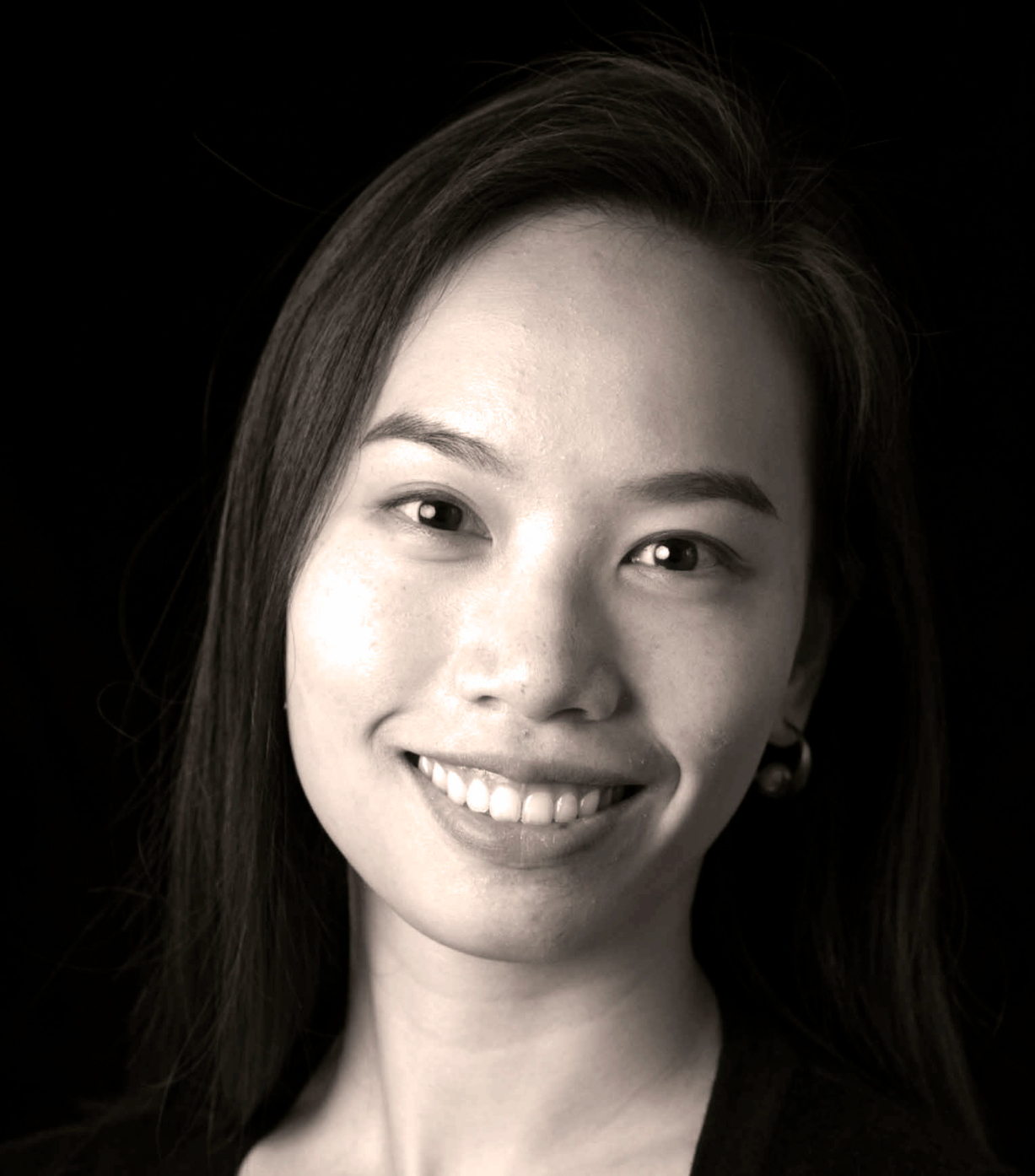Expressive Arts Therapy characteristics
- Liz Tong

- Feb 5, 2022
- 1 min read
How is expressive arts therapy different from the other form of psychotherapy?
Expressive Arts Therapy encourage service users to freely express themselves through multimodality of arts (e.g. visual arts, sound & music, dance & movement, words & creative writings, drama, improvisation), explore and transform emotion in the process, facilitate personal growth and healing in the clients. Expressive Arts Therapy is characterised by:

Imagination
Imagination is the language of unconsciousness, art is the container of imagination. Service users can increased their self-understanding through arts expression. Besides, the world of imagination is free of restriction, one can feel safe to explore the endless possibility of life through arts.
Non-verbal
Expressive Arts Therapy use arts as the fundamental means of expression, it is suitable for people with different language abilities including: developmental delay, ethnic minorities, dementia, selective mutism etc.

Low Skills High Sensitivity
Expressive arts therapist prescribe arts experiential in consideration of the service user's needs (eg.: the cognitive ability, art ability, health condition etc.) The therapy focus on the self-discovery during the creative process, and the meaning convey by the art product. Therefore no arts skills is required, all physical and mental conditions are welcome to join.

Multimodality of Arts
Our body moves when hearing music, images appears in our mind when reading words. Expressive arts therapy utilise the interplay of different art modalities to facilitate service user's self-expression using all body senses, release the repressed materials from the unconsciousness.



Comments